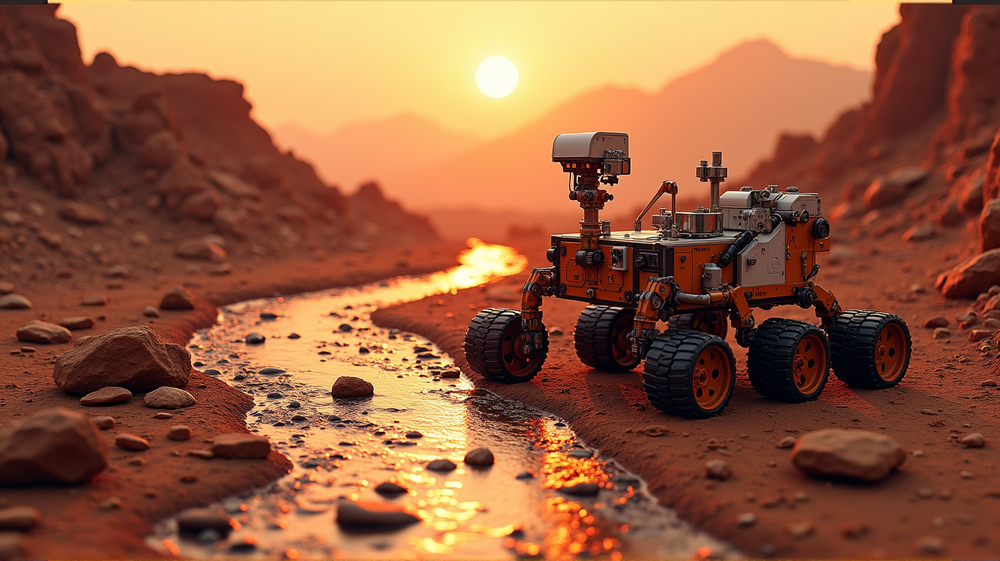In a thrilling development for space exploration, NASA’s Perseverance rover has made a groundbreaking discovery. While exploring the ancient riverbed known as Jezero Crater, Perseverance stumbled upon what may be a potential biosignature, a clue that life might have thrived on Mars in the past. This finding, rooted in a newly examined rock sample named Cheyava Falls, beckons a significant step toward understanding Mars’ potential habitability.
The Discovery of Cheyava Falls
The rover’s keen instrumentation allowed it to detect chemical signatures in Cheyava Falls, an area enveloped in the sedimentary outcrops of the ‘Bright Angel’ formation. These signatures included vivianite and greigite, which on Earth, point towards organic processes and ancient microbial activity. This find is particularly exciting because the clay- and silt-rich rocks on Mars are akin to those known to preserve evidence of ancient life on Earth.
Unraveling Martian Mysteries
Sean Duffy, acting NASA Administrator, described the implications as “groundbreaking,” emphasizing that the identification of a potential biosignature marks the closest humanity has come to discovering life on another planet. Meanwhile, Joel Hurowitz from Stony Brook University led the study and stated, “The mineral compounds we’ve identified could have supported microbial life.”
Redefining the Timeline of Habitability
A surprising facet of this discovery is the age of the rocks. Much younger than previously studied Martian formations, they challenge the longstanding belief that life evidence would only reside in the planet’s oldest sediments. This suggests that conditions for life might have persisted longer than scientists had once believed.
Next Steps in Mars Exploration
While these findings are electrifying, they remain just one piece of a vast puzzle. The Perseverance rover has collected 27 rock cores, all poised for future missions that plan to return them to Earth for comprehensive analysis. Such endeavors underscore NASA’s commitment to unraveling whether life outside our planet exists.
An Open Question: Are We Alone?
As the realm of astrobiology advances, Katie Stack Morgan from NASA’s Jet Propulsion Laboratory reminds us of the need for “extraordinary evidence” in making astrobiological claims. Although abiotic phenomena could produce these minerals, the lack of typical environmental conditions strengthens the biological argument. According to Business Today, Perseverance’s discovery reignites the eternal question, prompting further reflection: Are we truly alone in the universe?












